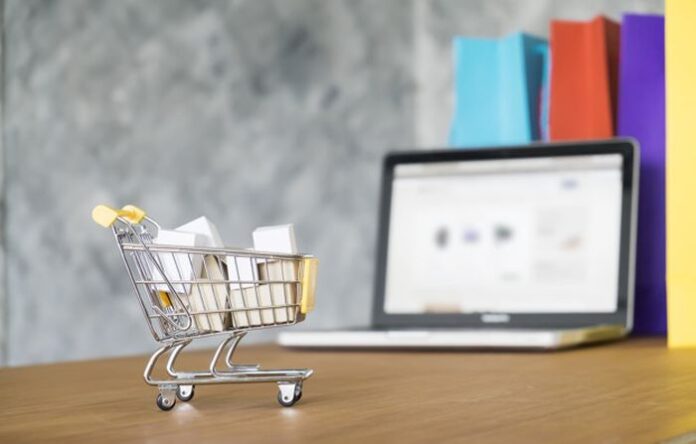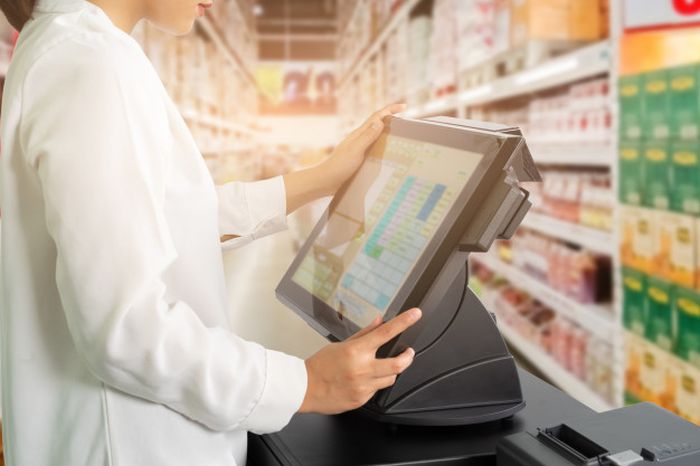
The retail industry is growing at an unprecedented rate. It has become one of the more visible industries in the past decade brought about by the significant changes in technology. With the advent and growth of social and mobile commerce, consumers expect retailers to take their game up levels. They need to find a way to allow them to shop at multiple channels securely and seamlessly—retailers who understand how big the potential revenue is have been developing and improving their platforms for years.
However, with an increase in demand comes an increase in concerns and problems surrounding retail management. The concerns that retailers have are not limited to managing their online presence but also in integrating their physical stores with every single aspect of the company’s operations. They also need to address client demands, with speed and accuracy. Customer experience and feedback are paramount in keeping a brand afloat, and for them to attain such, a company needs to provide customers with a great shopping experience.
So how do retail owners prevent themselves from pulling their hairs out? ERP.
Designed to optimize internal business processes, Enterprise Resource Planning (ERP) systems are software packages that integrate company data and related processes across an enterprise. It allows business owners to manage everything with ease and simplicity. But are these just what the ERP does? Hardly so. Such is why we are providing you with the suggested modules a retailer should consider adding to the primary ERP software and how each one benefits the enterprise:
Retail Workflow Automation

According to Syncoria, a leading open-source implementer in Canada, customers need a consistently seamless shopping experience, regardless if in an on-premise retail store or online. To provide this, retailers need to consolidate all orders – whether wholesale, online or brick-and-mortar stores – into one real-time system with absolute visibility. When a customer places an order, the whole company – sales, inventory, warehouse, etc. departments should automatically process these and act on it, updating order status and highlighting special requests with the retail workflow automation module. Having real-time insights can prompt business owners to make informed decisions. They can personalize a way they process orders, to strengthen relationships with customers.
Inventory management
One hurdle to a seamless retail workflow is not having the visibility of stocks and where they will be coming from. Active and real-time inventory is a must to ensure a constant flow of units in and out of warehouses or distribution centers. Such is to ensure that companies have the required stocks to complete transactions. With this module, business owners can track shelf life by alerting the system when the inventory is nearing expiration. That way, retailers can act on it and dispose of items while they still have value.
Demand forecasting

Customers these days are demanding and disloyal. If they’re not satisfied with your service, they shift to the next willing competitor to take in their orders. Hence, companies need to ensure that their demand for supplies is met and excellent customer support. Once they switch to competitors, getting them back is difficult unless you have a very lucrative offer. Such makes demand forecasting crucial to a business because business owners can look at historical trends and plan their future requirements based on the season. It helps you quickly replenish fast-selling stocks automatically, fulfill customer requests in a pinch, maintain customer satisfaction, and boost profitability.
Integrated Retail CRM
Customers are your bloodline. They can make or break your success. Companies need to pay attention to managing today’s demanding, complicated, and dynamic customer communication and relationships. This module will allow businesses to have an integrated view of their customer concerns and prevent irate customers. With this, everything about the customer is in one place – contact details, emails, orders, call notes, and the history of the relationship with that particular customer.
Check out this information where it gives you a more in-depth idea of how to manage the customer and to use a more appropriate approach to handle the customer better. It also gives your customer a message that you value their business because you took the time to know past transactions, which further improves customer relationships. Because you know the customer’s transaction history, you can personalize your marketing efforts and segment customers based on their previous orders and preferences. You will make them feel special, which is a value-added service.
Store and Warehouse Management

The store and warehouse add-on supports the integration of all the stores and warehouses, which enables owners to see all location activity. It also allows retailers to divide warehouses into zones and assign distribution or materials handling. This module is crucial to having centralized control of store chains such that efficient handling of merchandising, inventory, workforce, and market analysis will materialize.
Purchase and vendor management
According to professionals from TWM, with the help of good retail ERP software, you can define rules for procurement, supplier setups for the same products based on regions, and auto-generating a requisition or manually generating it. A retail ERP allows you to create purchase approvals across different levels and manage multiple purchase price lists. You can invite suppliers for quotations, and once you receive the quotes, the system provides an automatic quotation comparison tool.
Employee management

No matter how automated companies become, having a great skeletal force is essential to a great business. This module enables company owners to manage employees – keeping track of schedules, hours worked, overtime, to make sure that they are not overworked and paid correctly and on time.
Sales reporting and analytics
Having clear visibility of how your company performs is essential to making the right business decisions. Having a sales reporting and analytics module helps owners understand which products are slow or fast-moving, on which seasons. Based on such information, retailers can offload slow-moving inventory through promos and discounts.
POS System

The Point of Sale (POS) system, consisting of a POS hardware, is potentially the most essential part or module a retailer should have on its ERP system. It is a tool — register screens, credit card readers, barcode scanners, receipt printers, and cash register — that executes all transactions and is usually placed in brick-and-mortar storefronts. Without integrating this with ERP, the stores will have no accurate way of tracking what sales came in.
Returns Management
Some customers are fickle, so retailers must have this module to manage returns and allow refunds. Such will enable businesses to comply with consumer rights policies and send a message to customers that the company is flexible and adaptable, so they will have no reservations buying from you again.
















